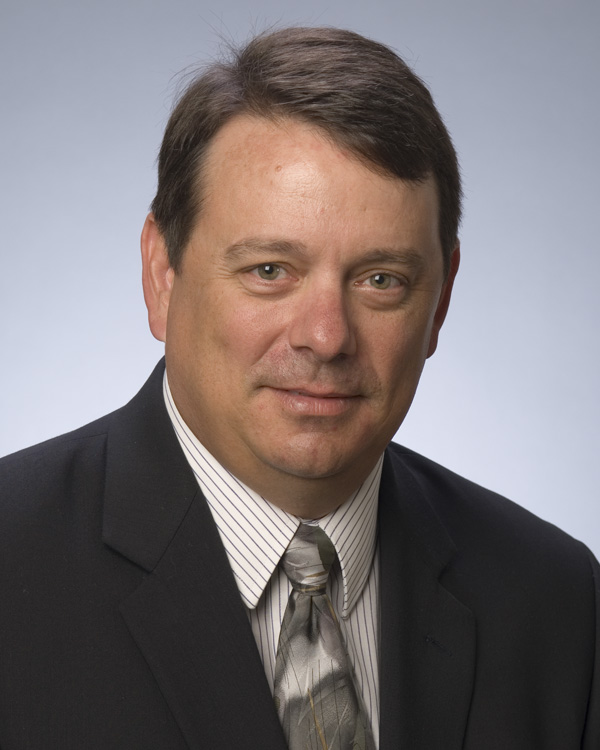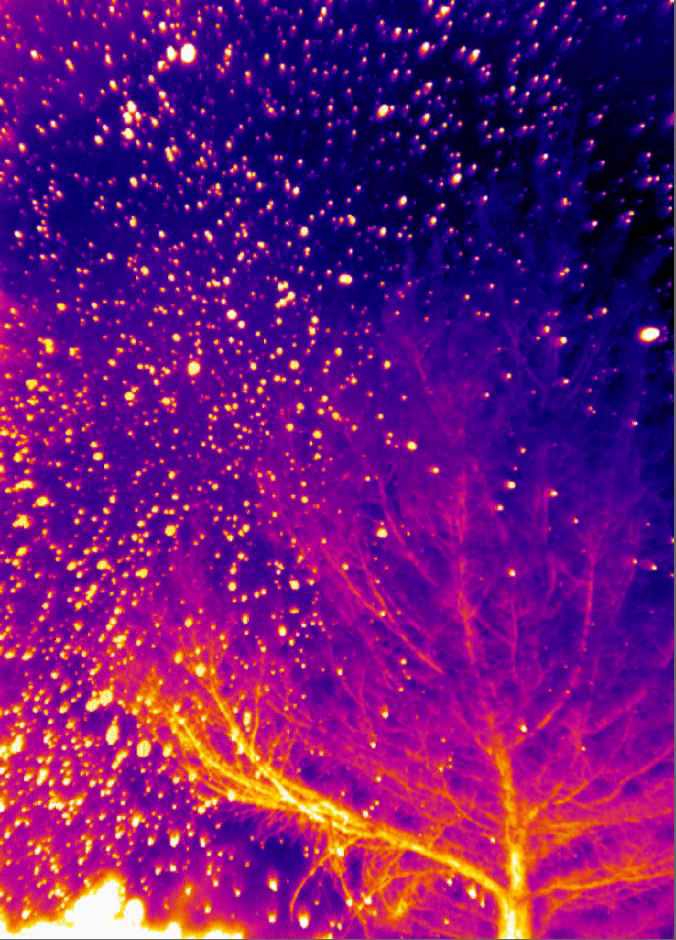James Matthew Ewing grew up in Lebanon, Oregon, and is a sophomore in electrical engineering. His experiences with research and the OSU Robotics Club have fueled his interest in robotics. He plans to pursue a career in low-power electronics after graduation.

As a student from a small high school going into college, finding the path to success seemed like a daunting task. But it is possible! The first step I took was to find what makes me happy, through extracurricular involvement with robotics and undergraduate research.
Through my involvement in the OSU Robotics Club, I found that I have a blast solving engineering problems as part of a team. My journey started when I joined the Mars Rover subteam and took on a project to design printed circuit boards that no one else wanted to. At first, I had no idea how to design a PCB. But after attending OSURC’s technical workshop, I was able to complete the project. The technical skills I learned allowed me to do more than a first-year student who had built their knowledge solely from the course curriculum.
In the fall of 2020, during the height of the pandemic, I became the president of the robotics club. This role has allowed me to grow as a leader in an ever-changing environment. The love that OSURC’s members show for robotics is intoxicating. This experience has driven me to become the best leader I can, so I can pass on the love of robotics to others. As president of the club, I have built connections with faculty, industry experts, and other students that will last beyond my tenure as president. I am grateful for the amazing learning experience.
Another large part of finding happiness has come from balancing finances and education. The first step I took was through the Undergraduate Research, Scholarship, and the Arts program. As a first-year student, I took the initiative to apply for the program and was accepted by Professor Cindy Grimm. My project was to create a sensorized, “smart” apple that allowed robotic hand grasping algorithms to collect data on how to pick an apple. After finishing my research project, Professor Grimm hired me as an undergraduate research assistant with flexible hours. As a result, I’m financially stable and still have enough time to get hands on experience and learn the course material.
Finally, I have been very fortunate to have an amazing group of friends who have had my back throughout my college years. This started with a small group of friends from high school that expanded as I met more amazing people in my electrical engineering classes. I can’t emphasize enough how important having a support group has been for me. Without having my friends there to bounce ideas off of and to remind me about assignments that are due, I don’t believe I would have made it as far as I have.
What I’ve learned is that success doesn’t happen to people because they are smarter or better. I am definitely not the most intelligent person, but I make up for that by putting in effort into activities outside of my courses. Take my story as evidence that finding balance and building connections will lead to happiness and success in college and beyond.
— James Matthew Ewing


 Recently named director of engineering for the
Recently named director of engineering for the 


